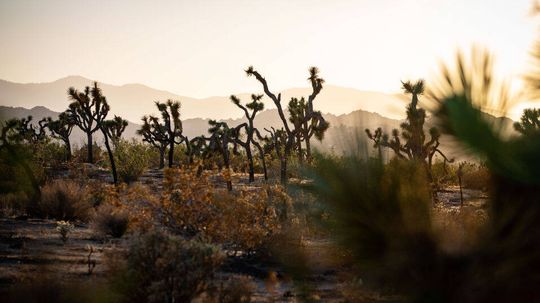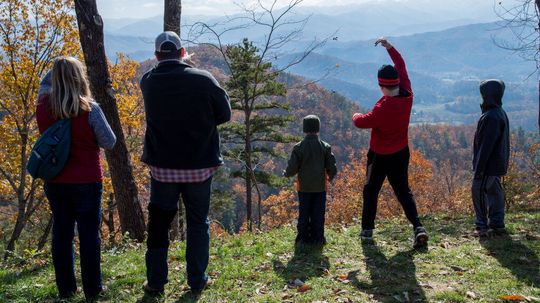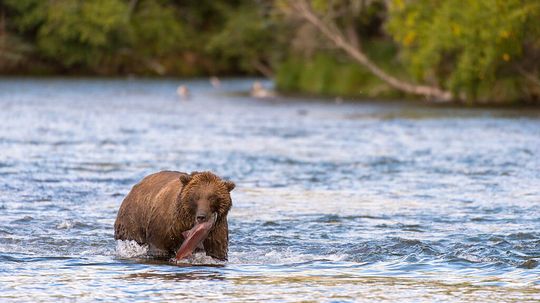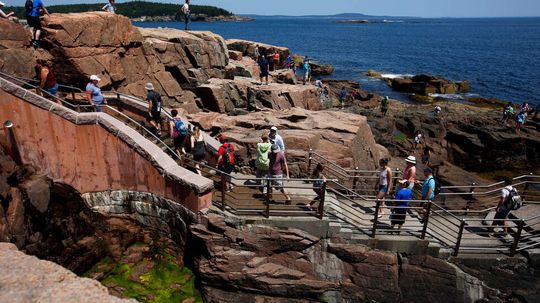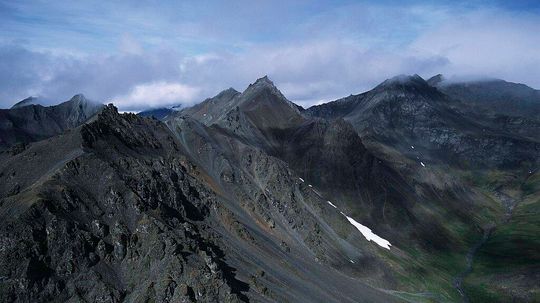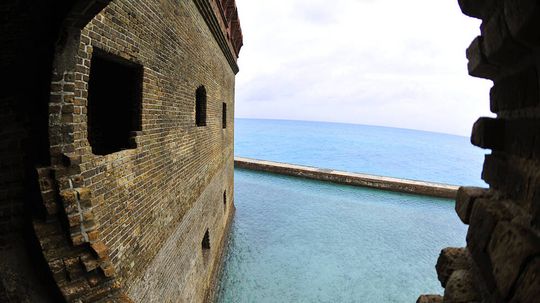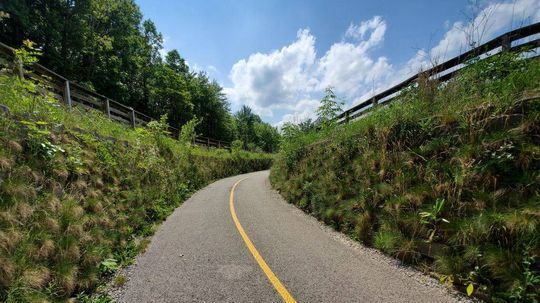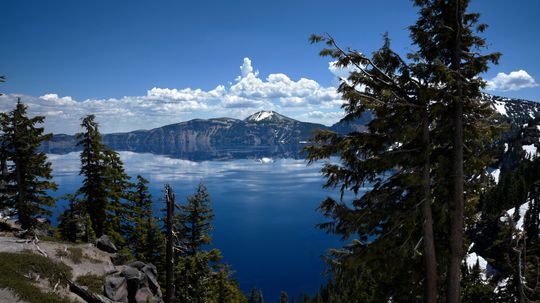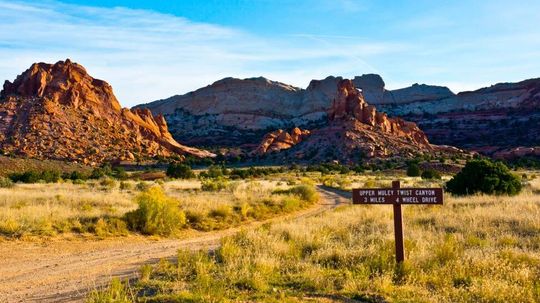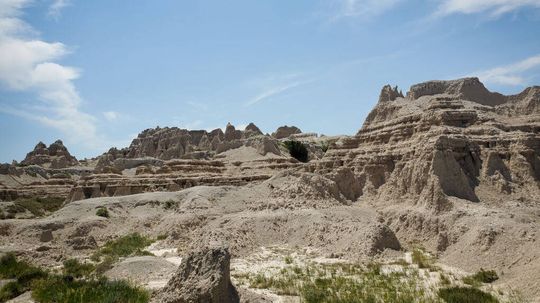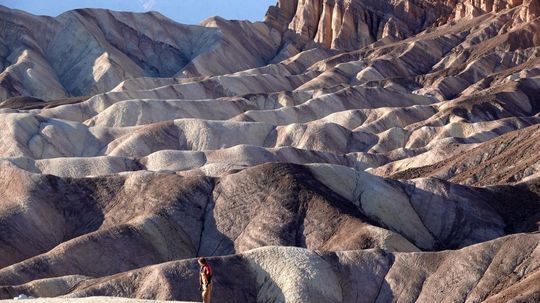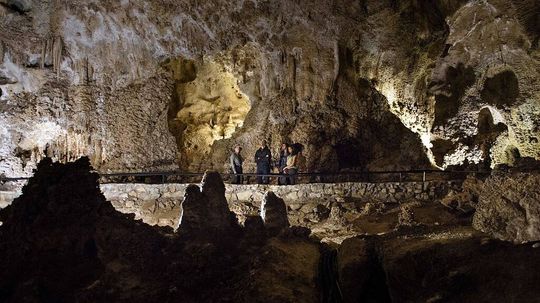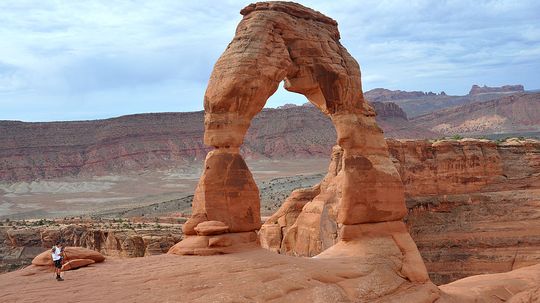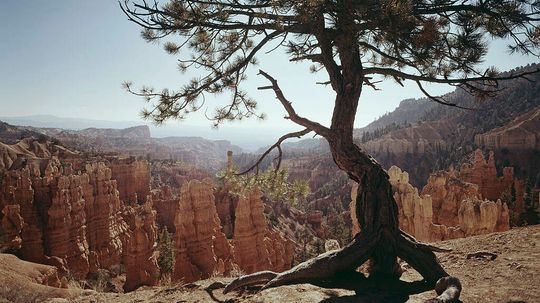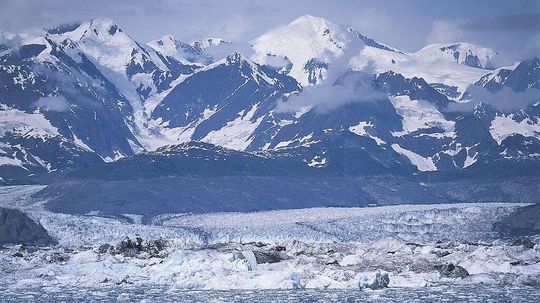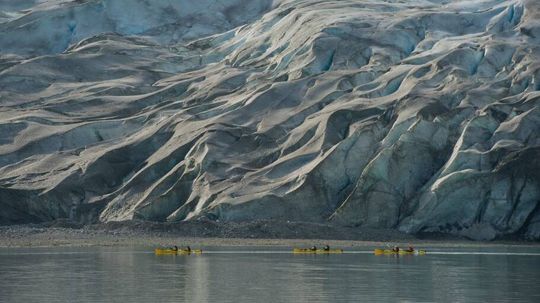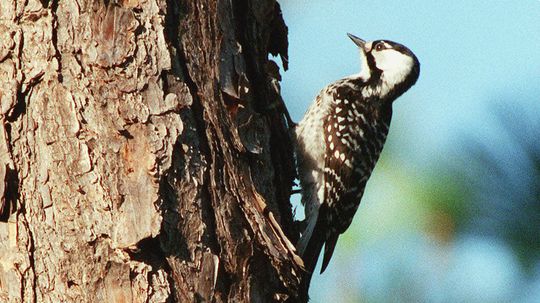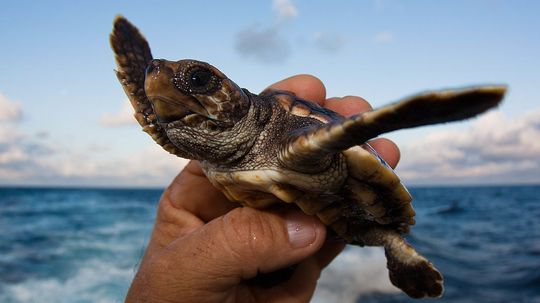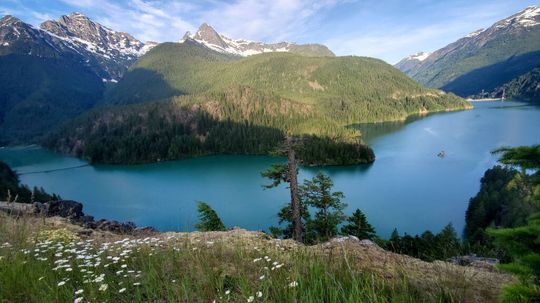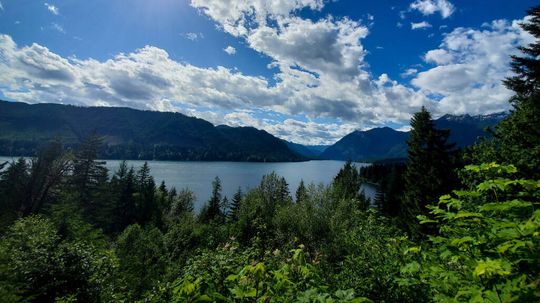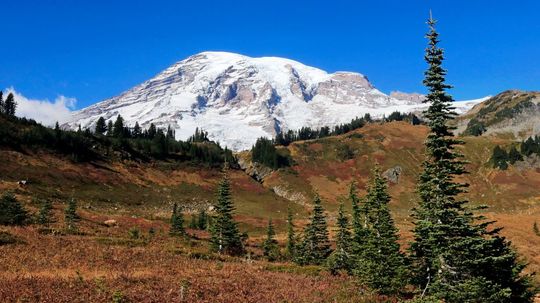Destinations
Travel destinations are the stuff of daydreams and memories. Discover the many options available such as adventure travel, city guides and family vacations.
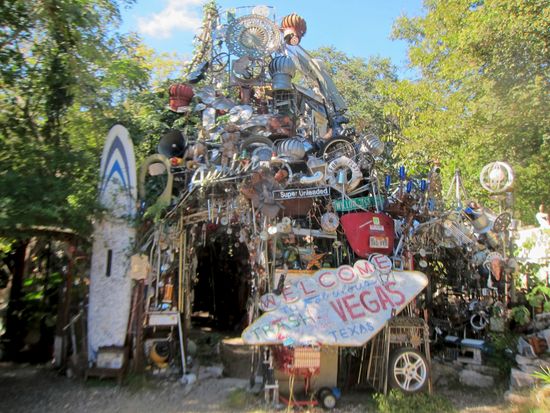
Unveiling the Wonders of the Cathedral of Junk
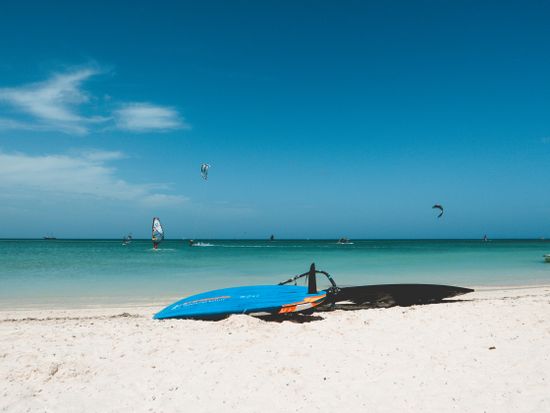
12 Best Beaches in Aruba: A Paradise for Sun Seekers

Best Beaches in Thailand: A Tropical Paradise Awaits

The 9 Best Restaurants in Mountain View, California

10 Alternatives to the Las Vegas Vacation
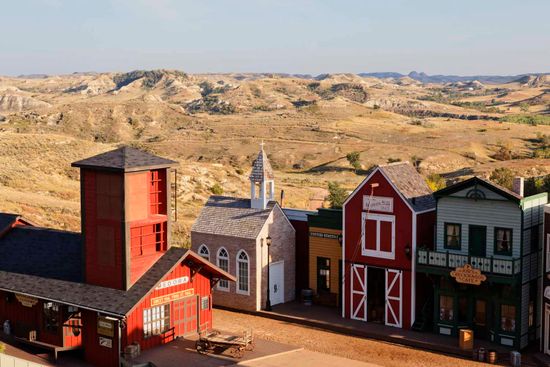
10 Tiny Towns with Big Tourism Dreams
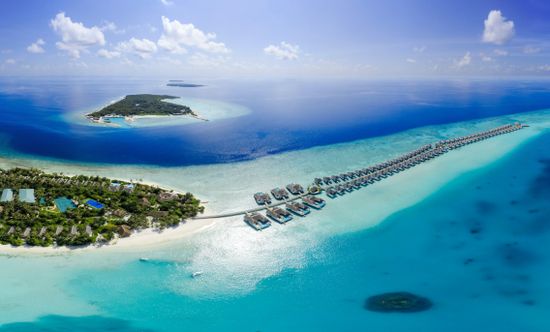
The Complete Guide to Planning Your Perfect Maldives Vacation in 2023
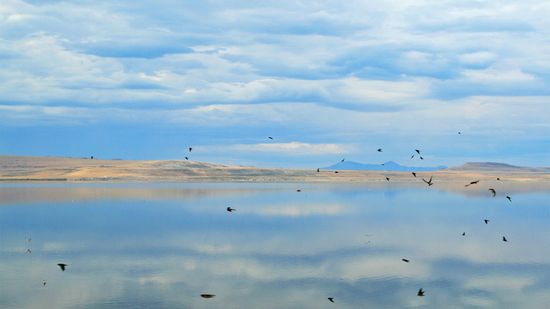
Utah's Fabled Great Salt Lake Is Shrinking
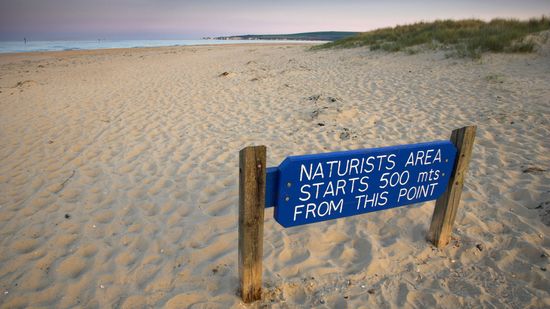
How Nude Beaches Work

California and Marijuana Tourism: What You Need to Know
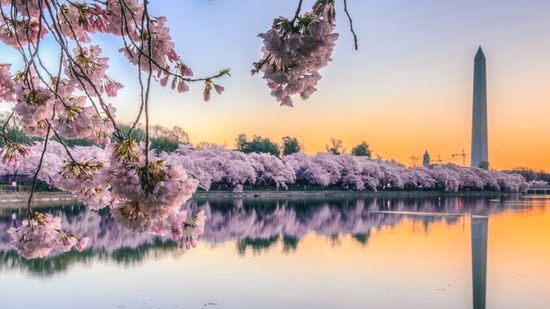
Family Vacations
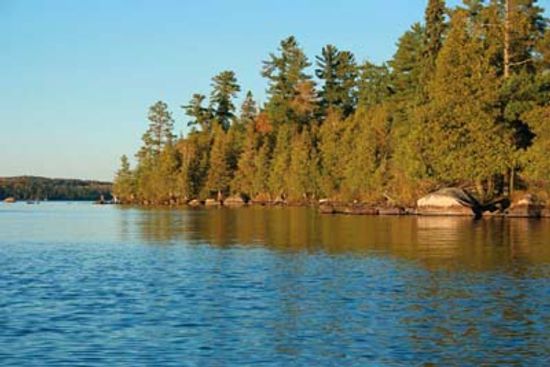
Family Vacations in Minnesota

10 Guaranteed Ways to Ruin a Family Reunion

How to Plan a Family Reunion

Top 10 Family Reunion Games

First Skyscraper: The Birth of Modern Urban Architecture

Steinway Tower: New York's Elegant Addition to the Skyline

CN Tower: Toronto's Skyline Beacon and Architectural Wonder
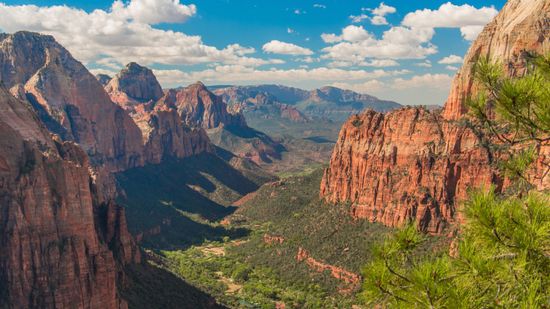
US National Parks by State
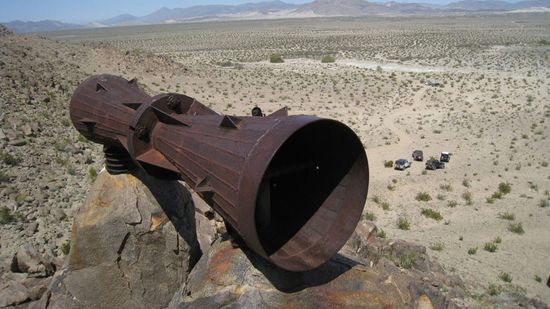
Who's Behind the Mysterious Mojave Desert Megaphone?
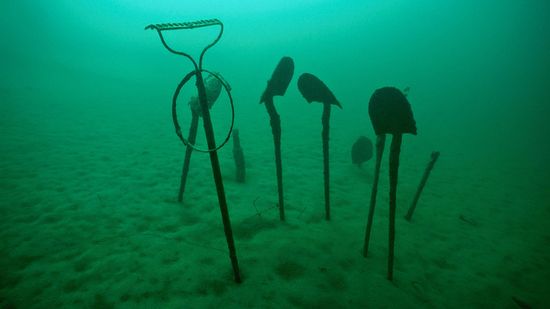
Some of Glacier National Park's Best Sites Are Underwater

Flower-covered Floats Blossom at the Annual Rose Parade

Spain's La Tomatina: The World's Biggest Food Fight

10 Wacky Small Town Festivals

Cadillac Ranch: Where the Cars Are the Canvas

5 Things to Know Before You Try the Driving Experience of a Lifetime

Tail of the Dragon, Plus 4 Other Roads That Are Wicked-fun to Drive
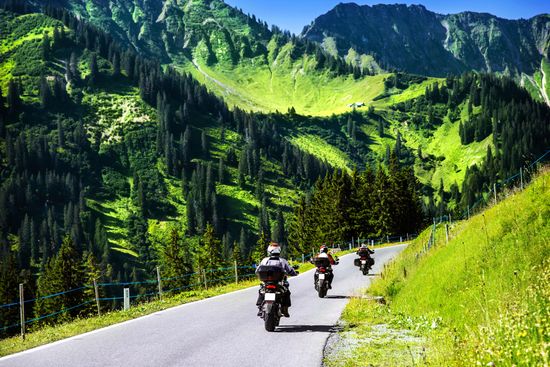
10 Great Motorcycle Trips
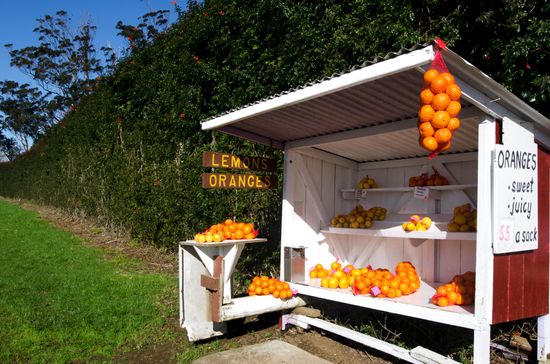
10 Foods to Buy by the Side of the Road
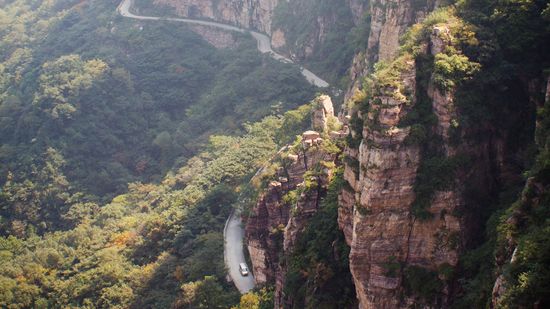
5 Most Dangerous Roads in the World
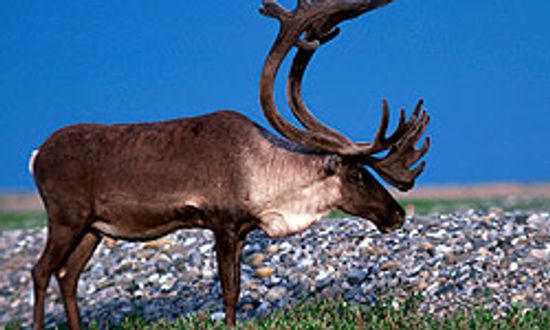
Everything I Need to Know I Learned ... Caribou Tracking
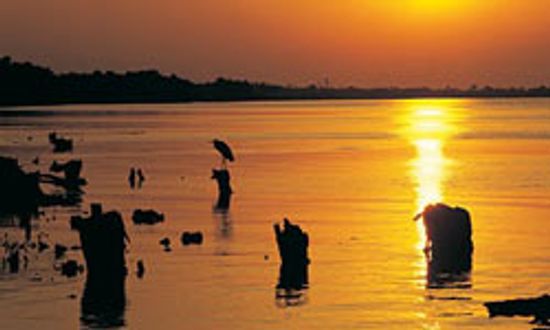
10 Things Alaska and Alabama have in Common

10 Must-haves for a Family-friendly Resort

Could Saudi Arabia's The Rig Be the Next Big Thing in Extreme Tourism?
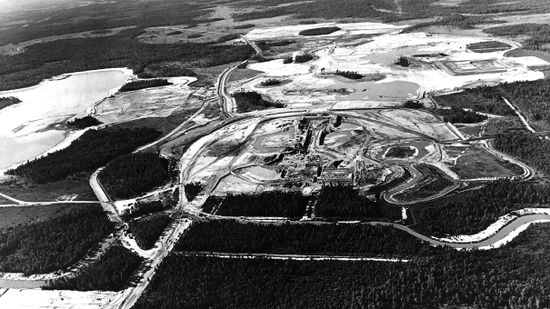
Disney World and Its Tangled Web With CIA Ops
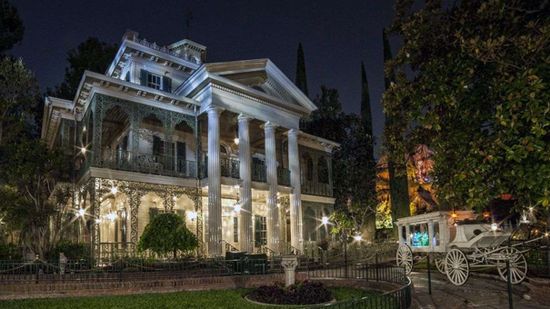
The Many Haunted Mansions of Disney Theme Parks
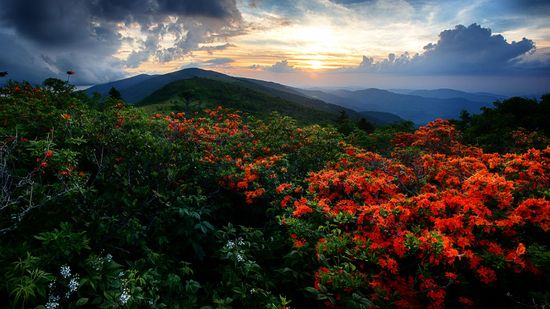
Beyond the Appalachian: Meet All 11 of America's National Scenic Trails
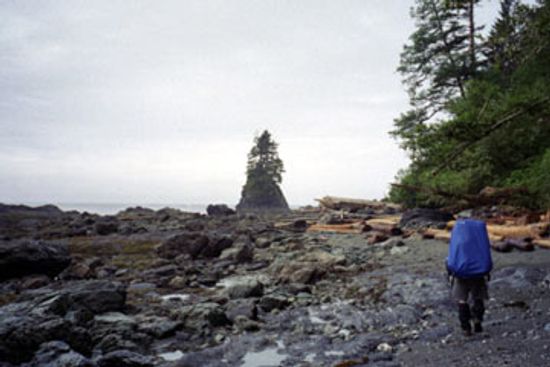
A Guide to Hiking the West Coast Trail

A Guide to Long Trail Hiking

10 RV Travel Tips for Retirees

How to Find a Retiree Travel Club

What are the best vacation spots for baby boomers?
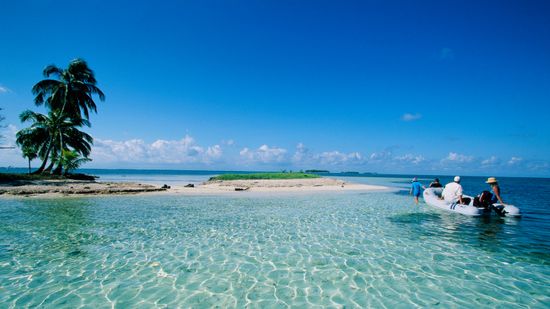
Is Belize Safe to Visit in 2023?

Is Costa Rica Safe? A Comprehensive Guide for Travelers

Is Morocco Safe to Visit in 2023?
Learn More / Page 11
Venture into the Picturesque Mojave Desert You’d never expect a desert to be so teeming with life.
By Freelance Contributor
America’s Most Visited National Park Great Smoky Mountains National Park is the most visited park in the system, hosting more than 9 million visitors a year. Unlike most national parks, entry to the park is free. Its surrounding communities depend heavily on the park, which is the lynchpin of the region’s tourism economy.
By Freelance Contributor
Fish the Brooks River with over 2,000 Brown Bears Located on the Alaska Peninsula almost directly across from Kodiak Island, Katmai National Park and Preserve is famous for its large population of brown bears and its stunning Valley of Ten Thousand Smokes.
By Freelance Contributor
Advertisement
America’s First Sunrise If Maine is known by the moniker “Vacationland,” then Acadia National Park is one big reason why. More than 2.5 million people visited the 47,000-acre park in 2010 — the most notable among them being the First Family, whose day-one itinerary illustrated much of what Acadia has to offer.
By Freelance Contributor
Land of the Midnight Sun Located entirely north of the Arctic Circle, Gates of the Arctic National Park is the northernmost park administered by the National Park Service. At more than 7.5 million acres, it is a vast, mountainous region roughly the size of Switzerland, and almost 95 percent of the park is wilderness.
By Freelance Contributor
The Guardian of the Gulf of Mexico Travelers to Dry Tortugas National Park have to fly or sail about 70 miles in order to visit this island’s beauty. Located closer to Cuba than to the U.S. mainland, many people are unaware that this isolated national park exists.
By Freelance Contributor
Discover Waterfalls and Caves Along the Crooked River Cuyahoga Valley National Park is among the smallest and the newest parks in the system, but don’t let its diminutive size or recently elevated status fool you.
By Freelance Contributor
Advertisement
Clear Blue Waters Await in America’s Deepest Lake Crater Lake is the most prominent feature of Crater Lake National Park. Formed from a cataclysmic volcanic eruption about 7,700 years ago, the lake has long been revered as a sacred site by the Klamath peoples native to southern Oregon.
By Freelance Contributor
Narrow Canyon Walls Rise over 2,000 Feet Geologically formed by water and rock, the Black Canyon of the Gunnison in western Colorado is so named for its darkness — the canyon’s great depth makes it difficult for the sun’s rays to penetrate it.
By Freelance Contributor
Discover a Wrinkle in the Earth The defining feature of Capitol Reef National Park is the Waterpocket Fold, a monoclinal fold, or “wrinkle on the earth.” The wrinkle, in south-central Utah’s red country, is punctuated by crevices, cliffs, canyons, domes, and bridges.
By Freelance Contributor
Explore 175 Miles of Undeveloped Coastline Consisting of five islands located off the coast of Southern California in the Pacific Ocean, Channel Islands National Park is reachable only by park concessioner boat or plane, or private boats.
By Freelance Contributor
Advertisement
Striking Pinnacles and Rich Fossil Beds Ever wondered where are the Badlands? They are located in southwestern South Dakota, the rugged beauty of Badlands National Park’s buttes, pinnacles, and spires mark terrain once roamed by giant Pleistocene-era beasts.
By Freelance Contributor
Traverse the Hot, Dry Mojave Desert In the arid Great Basin of eastern California lies Death Valley National Park, the largest national park in the lower 48 United States. As the name of the park suggests, it is the hottest and driest national park with temperatures reaching “deadly” highs.
By Freelance Contributor
Over 110 Limestone Caves Await Beneath the Surface Located in the Guadalupe Mountains of New Mexico, Carlsbad Caverns National Park is named for its impressive network of caves, which are the seventh-longest in the world.
By Freelance Contributor
A Wondrous Red Rock Landscape Where is Arches National Park? Home to more than 2,000 sandstone arches, natural bridges, towers, rock fins, and other awesome formations, Arches National Park is a great place to take in the wonders of Utah, hike its scenic trails, and explore its canyons.
By Freelance Contributor
Advertisement
Hike a Labyrinth of Hoodoos Is it a forest of stone? No. Is it a cave without a ceiling? No. Is it even really a canyon? No! Descriptions of Bryce Canyon always seem to fall short, but as you can see, a picture is worth a thousand words.
By Freelance Contributor
Home to the Highest Peak in North America Denali National Park and Preserve is a wild, wonderful place. Located in central Alaska, Denali is a protected area about the same size as the state of Massachusetts.
By Freelance Contributor
Venture into an Alaskan Marine Wilderness Nestled on the Alaska panhandle west of Juneau, Glacier Bay National Park is a terrestrial and marine sanctuary spanning more than 600,000 acres. While the park has no roads, it isn’t all that hard to get to.
By Freelance Contributor
Canoe or Hike through Old Growth Bottomland Hardwood Forest The largest tract of old-growth bottomland hardwood forest left in North America can be found in this swampy national park. Rivers sweep through the floodplains, and great bald cypress trees make up one of the highest deciduous forest canopies in the world.
By Freelance Contributor
Advertisement
Discover the World’s Third-Longest Living Coral Reef Located in southern Florida, Biscayne National Park is 95 percent water. Sail its immaculate blue-green bay, explore the world’s third-longest living coral reef, and get a glimpse of one-of-kind scenery above and below the surface.
By Freelance Contributor
Explore the Maze and Island in the Sky Experience the majesty of the red, orange, and yellow canyons, mesas, and buttes formed by the Colorado River and its tributaries.
By Freelance Contributor
From the Rio Grande to Mile High Mountains With over 800,000 acres of varied terrain, Big Bend National Park is sometimes referred to as “three parks in one” — an hour drive can bring visitors from the lovely Rio Grande to mountains that are more than a mile high.
By Freelance Contributor
Glacier-capped Peaks Rise High above Deep Valleys North Cascades National Park has a wide variety of ecosystems, from glaciers (more than 300 of them) and mountains to lakes and rivers, to temperate rainforests, marshes, and swamps.
By Freelance Contributor
Advertisement
Three Major Ecosystems in One Incredible Park Situated on the remote Olympic Peninsula in northwestern Washington, Olympic National Park is a land of deep wilderness and incredible diversity. More than 95 percent of the park is backcountry, with habitats ranging from coastline to dense forests, to alpine grassland and glaciers.
By Freelance Contributor
Ascend the Tallest Peak in the Evergreen State Mount Rainier National Park, the fifth national park established, preserves more than 200,000 beautiful acres, including all of Mount Rainier. This 14,411-foot stratovolcano is the tallest mountain in Washington state. The park is home to a variety of ecosystems, like glaciers, meadows, and forests.
By Freelance Contributor
